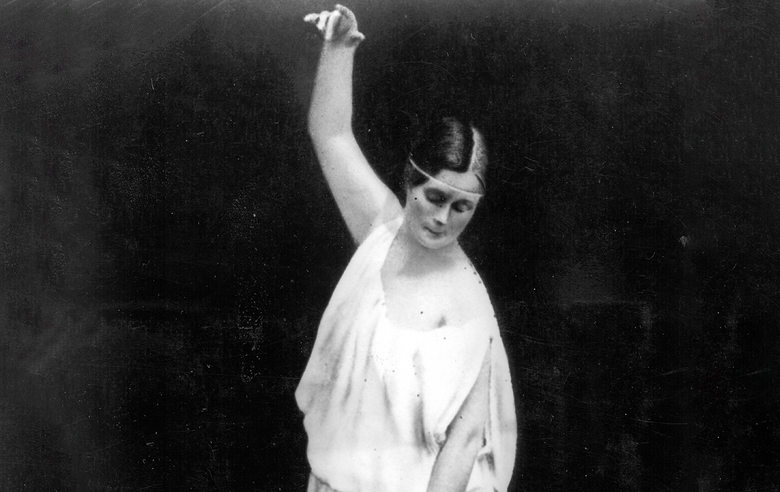
An innovative dancer who developed movements associated with ancient Greek dance. It is the style of Isadora Duncan’s dance that is considered the progenitor of rhythmic and aesthetic gymnastics. These sports took on the expressiveness of movements and artistry from free dance.
Isadora Duncan was born on May 27, 1877 in San Francisco. Her mother raised her and three other children alone. The woman worked very hard, but she always said:
"You can do without bread, but you can’t do without art."
This passion for beauty was passed on to the girl.
Isadora was an active child. She danced from the age of two, and at six she organized an impromptu dance school for neighborhood children. Isadora began working part-time teaching dance at the age of 12. She then dropped out of school and devoted herself entirely to music and choreography.
At age of 18, she moved to Chicago and began performing in evening venues. Dancing barefoot in a loose tunic (not on pointe shoes in a ballet tutu!), a special manner and expressiveness of gestures, and all this impressed the audience. No one has taken such a bold approach to dance before. When Isadora later moved to London with her family, she began to appear at social events for the creative intelligentsia.
Loie Fuller, the founder of modern dance, contributed quite a bit to Isadora’s performing style. As part of her group, she went on a European tour. Together with Fuller, they staged colorful compositions with equally colorful names: “Serpentine Dance”, “Fire Dance”. "Divine Sandal" It was then that Isadora gained real popularity, she had fans and followers. Having achieved success, Isadora decides to open dance schools in Germany and France.
Isadora incorporated a special philosophy into her dance.
"I'm not going to teach you how to dance. I just want to teach you to fly like birds, bend like young trees in the wind, rejoice like a butterfly, rejoice on a May morning, breathe freely like clouds, jump easily and silently like a gray cat," she said.
In 1904, Duncan visited Russia. She held concerts in St. Petersburg and Moscow. In the fall of 1921, the Isadora Duncan School opened in Russia, with privileges for admission to the children of workers.
Around the same time, she met poet Sergei Yesenin. Their romance was bright, but short-lived. Two years after breaking up with Duncan, the poet died, and another year and a half later, Isadora’s own life was cut short. She was strangled by her own scarf, which got caught in the car wheel.
But the bright star of the world-famous dancer’s talent still burns, she is still remembered. Duncan made a great contribution to the development of art - her example showed that one should not be afraid to express herself through creativity.




